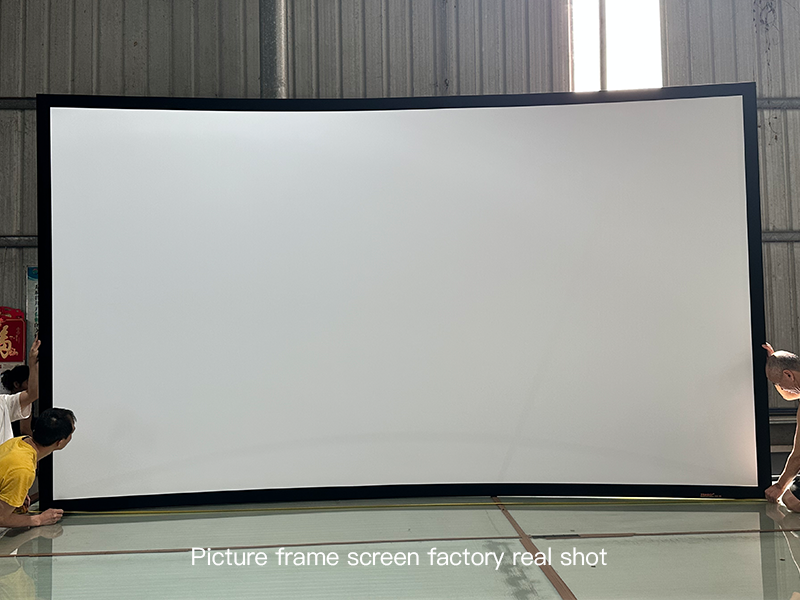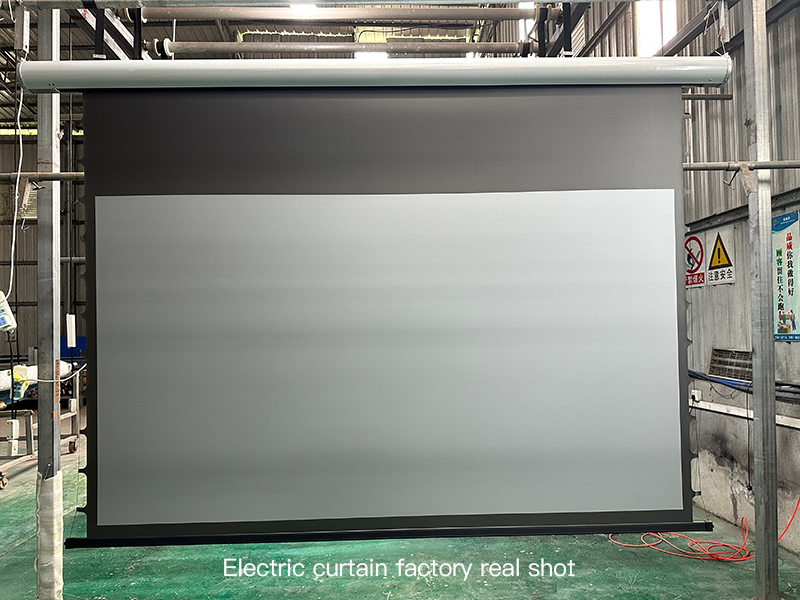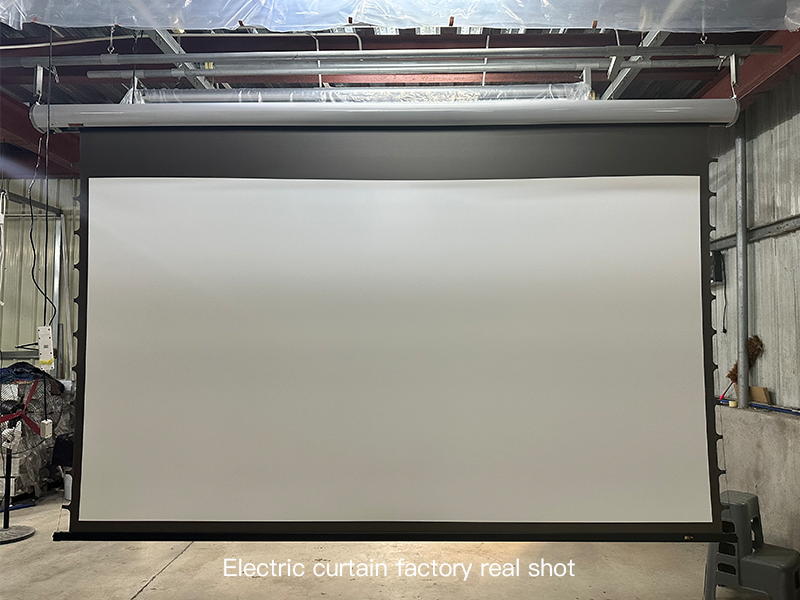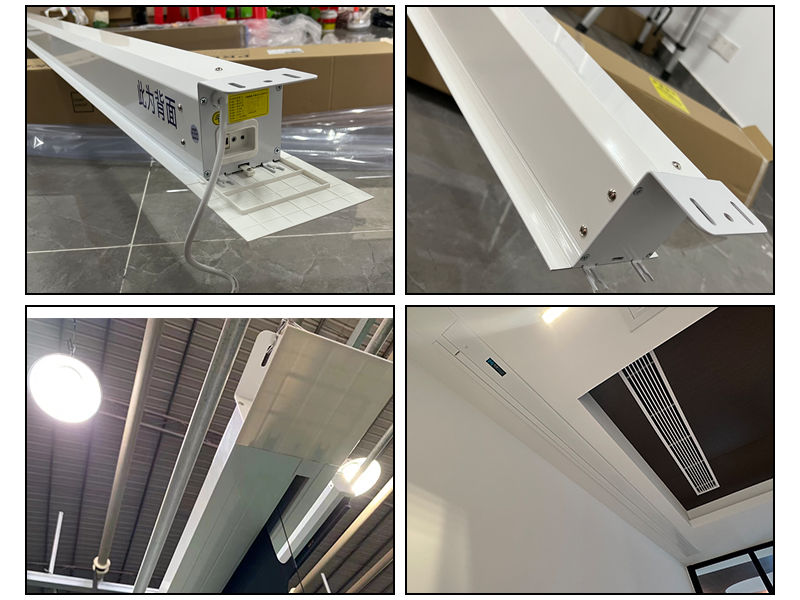
1. From Coachella to Louvre: Is That “Hologram” Real?
At 2024 Coachella, Billie Eilish’s holographic duet with a virtual version of herself won the Cannes Lions Grand Prix for Innovation. The Louvre’s “Da Vinci 3D Revival” exhibit used custom screens to project floating Mona Lisa sketches, drawing 2.3 million visitors. These stunning visuals have boosted hologram hype—but 90% of commercial “holograms” are actually pseudo-holograms (not lab-grade true holography) .
2. Core Principles: Light’s “Memory” and “Reconstruction”
True Holography: Interference + Diffraction Magic
- Recording Phase: Laser light splits into object beam (hitting the subject) and reference beam. Their interference creates a “light fingerprint” storing 3D data (brightness, depth, angle).
- Reconstruction Phase: Same-frequency laser hits the hologram (a complex grating), diffracting original and conjugate images for glasses-free 3D + 360° viewing.
- Key Trait: Even shattered hologram fragments can reconstruct the full image. Stanford’s 2025 breakthrough uses AI to enhance full-color holographic reproduction .
Commercial Pseudo-Holography: Cost-Effective Alternatives
| Tech Type | Principle | Global Use Cases | Custom Screen Requirements |
| Pepper’s Ghost | 45° transparent screen reflection | London Science Museum exhibits | 80% transmittance nano gauze curtain (custom sizes) |
| 360° Hologram Cabinet | Rotating mirrors stitching projections | Swiss watch showcases, auto shows | High-reflectivity curved screens (seamless) |
| Fog Screen Projection | Water vapor as imaging medium | Disney World “Frozen” shows | Waterproof/windproof screens (like Universal Studios Orlando) |
3. 2025 Top Commercial Tech + Screen Customization Tips
3 Leading Commercial Technologies
- Air Projection Technology
- Principle: Nitrogen-oxygen plasma for laser projection
- Limitation: Sealed environments required; $500k+ per system
- Screen Fit: No physical screen needed, but ambient light-blocking screens boost clarity
- Holographic Film Technology
- 2025 Breakthrough: PET optical film hits 90% transparency, 40% better anti-glare
- Use Cases: NYC storefronts, Dubai glass facade ads
- Customization: Cut to glass dimensions; clear/gray/matte white options
- Gauze Curtain Projection Technology
- Case Study: Las Vegas 3D wedding venue uses 82ft×16ft custom screen
- Key Specs: 80% transmittance, ≥30MPa tensile strength, washable
- Projector Match: 2000-2500 lumens (60″), 3000-4000 lumens (80″)


4. FAQ: Screen Selection & Cost (Global Focus)
Q1: What’s the cost difference between real and fake holograms?
A: Lab-grade holography costs over
100/sqft.Commercialpseudo−holography(withcustomscreens)isjust20-$80/sq ft—ideal for SMBs .
Q2: Which screen works for sunlit exhibition halls?
A: Dark gray holographic film with light-absorbing layers. Pair with 4000+ lumen projectors for crisp imaging (meets EU CE standards ).
Q3: Can screens handle tour performances?
A: Foldable nano-screens (0.3kg/sq m) shrink 80% for storage—used in Taylor Swift’s Eras Tour mobile stages.
5. 2025 Trend: Custom Screens Drive Hologram Growth
The global glasses-free 3D market will hit $50B, with North America 占 35% and Europe 28% . Custom projection screens are growing at 72% annually—critical for applications from Vatican Museum relic displays to AR headset micro-holograms . Our edge: End-to-end customization—from material selection (FCC-certified) to installation—tailored to your space, lighting, and vision.


